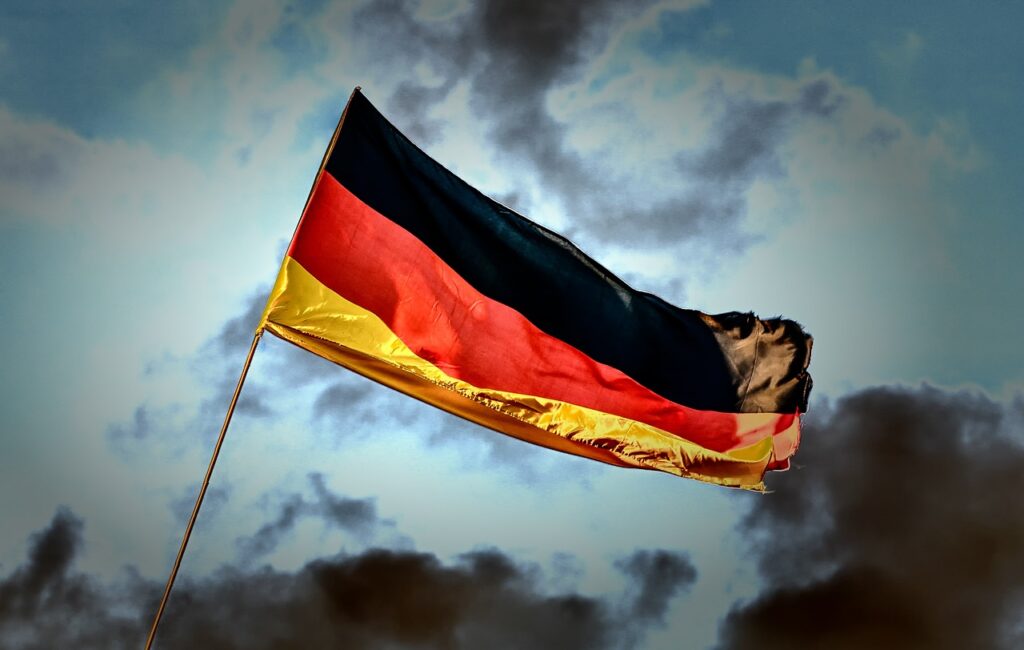thyssenkrupp nucera and Fraunhofer IKTS have inaugurated Germany’s first pilot production facility for solid oxide electrolysis cell (SOEC) stacks, located in Arnstadt, Thuringia.
Backed by the strategic partnership formed in March 2024, the pilot plant marks a crucial step toward commercializing high-efficiency electrolysis for hard-to-abate sectors. With a production capacity of up to 8 MW per year, the facility aims to generate initial SOEC stack quantities and optimize process automation. Its inauguration attracted political and industrial stakeholders, underscoring the technology’s perceived relevance to Germany’s hydrogen transition agenda.
SOEC systems differentiate themselves through their use of high operating temperatures (typically 700–900°C), which allows them to exploit industrial waste heat—common in steel, cement, and chemical plants—to reduce electricity demand. By using oxygen-conducting ceramic electrolytes and corrosion-resistant chromium-iron interconnectors, the SOEC stacks are engineered for both thermal resilience and streamlined manufacturing. These design features not only support long-term durability in harsh operating environments but also enable automated production—a prerequisite for cost competitiveness.
The emphasis on waste heat utilization has become more than an efficiency narrative—it’s now a critical requirement for sectors under tightening emissions caps and escalating energy costs. Integrating SOEC systems directly with existing heat flows may allow operators to circumvent both economic and physical constraints of conventional alkaline or PEM electrolysis. Moreover, SOEC units can co-electrolyze CO₂ alongside H₂O, producing syngas for synthetic fuels—adding a carbon utilization dimension to green hydrogen strategies.
Yet despite its theoretical advantages, SOEC remains in early commercial stages. Globally, alkaline and PEM electrolysis dominate the installed base, with over 90% of projects deploying these more mature technologies, according to IEA data. The transition from pilot to industrial-scale manufacturing remains a major hurdle, involving significant CAPEX, supply chain coordination, and risk-sharing frameworks between governments and industry.
In addition to providing technical insights, the Arnstadt plant is expected to guide the design of a large-scale, fully automated manufacturing facility. While no official timeline has been disclosed, both partners emphasized the pilot as a cornerstone for broader deployment across European hydrogen infrastructure.
Stay updated on the latest in energy! Follow us on LinkedIn, Facebook, and X for real-time news and insights. Don’t miss out on exclusive interviews and webinars—subscribe to our YouTube channel today! Join our community and be part of the conversation shaping the future of energy.
